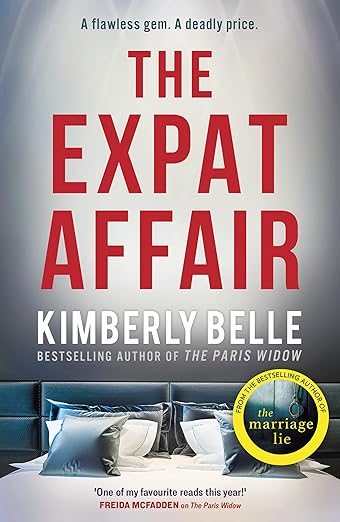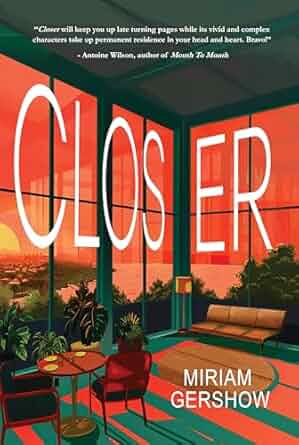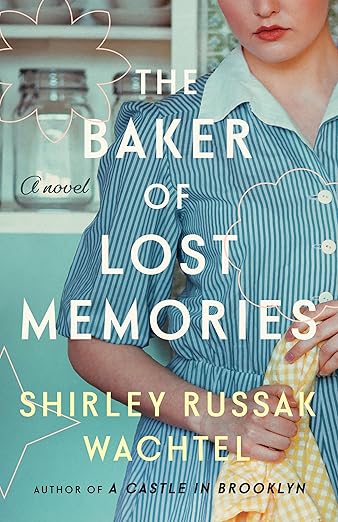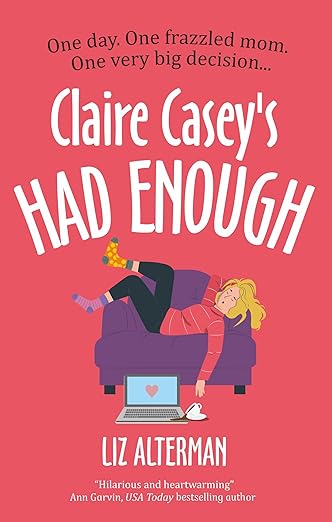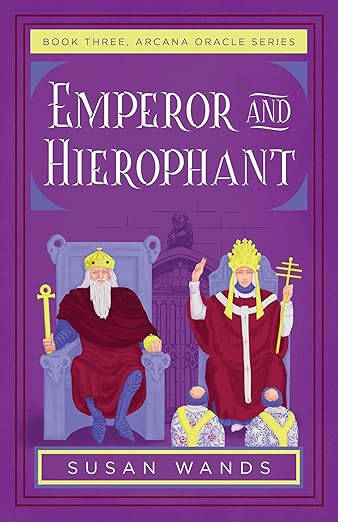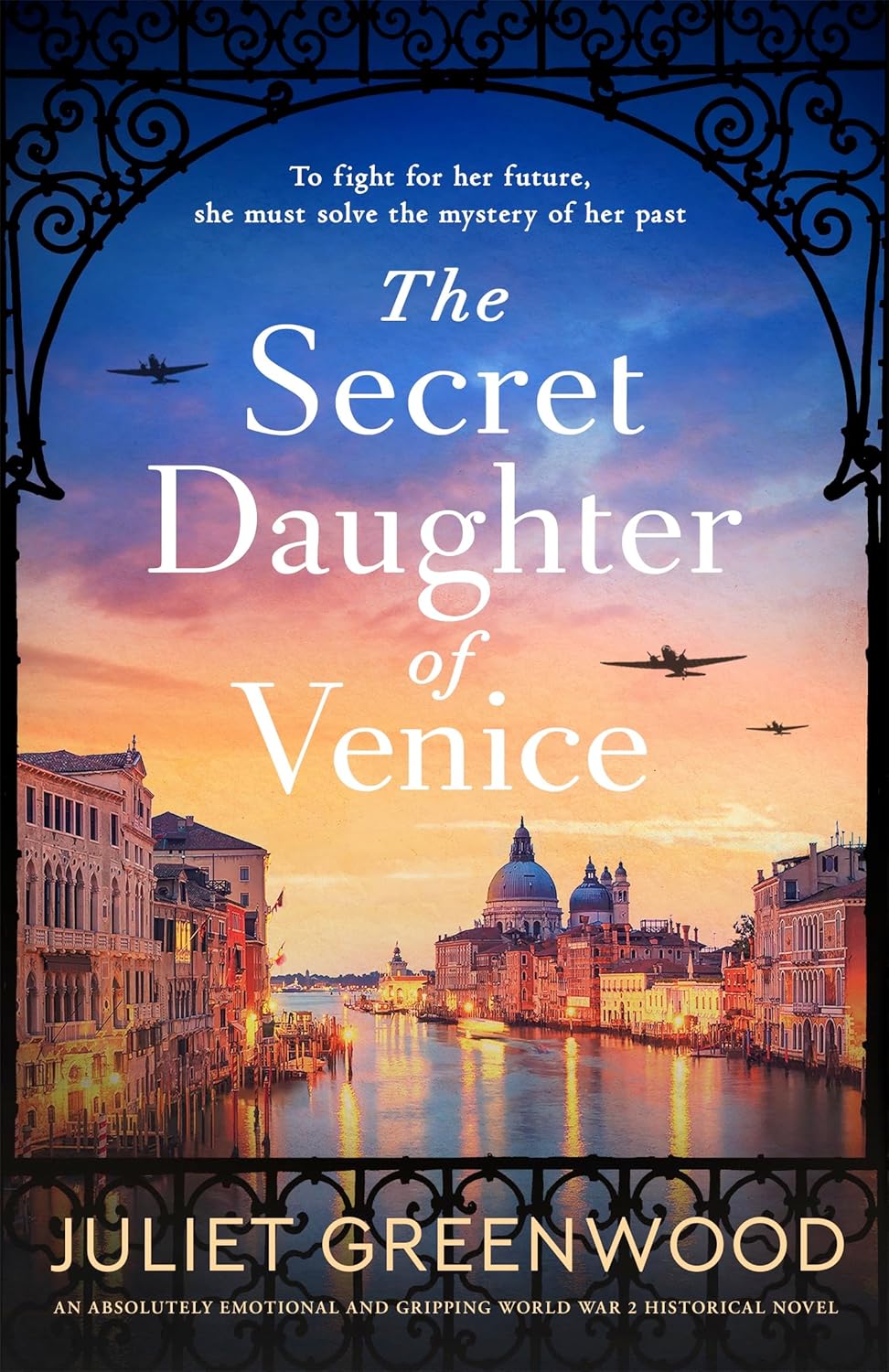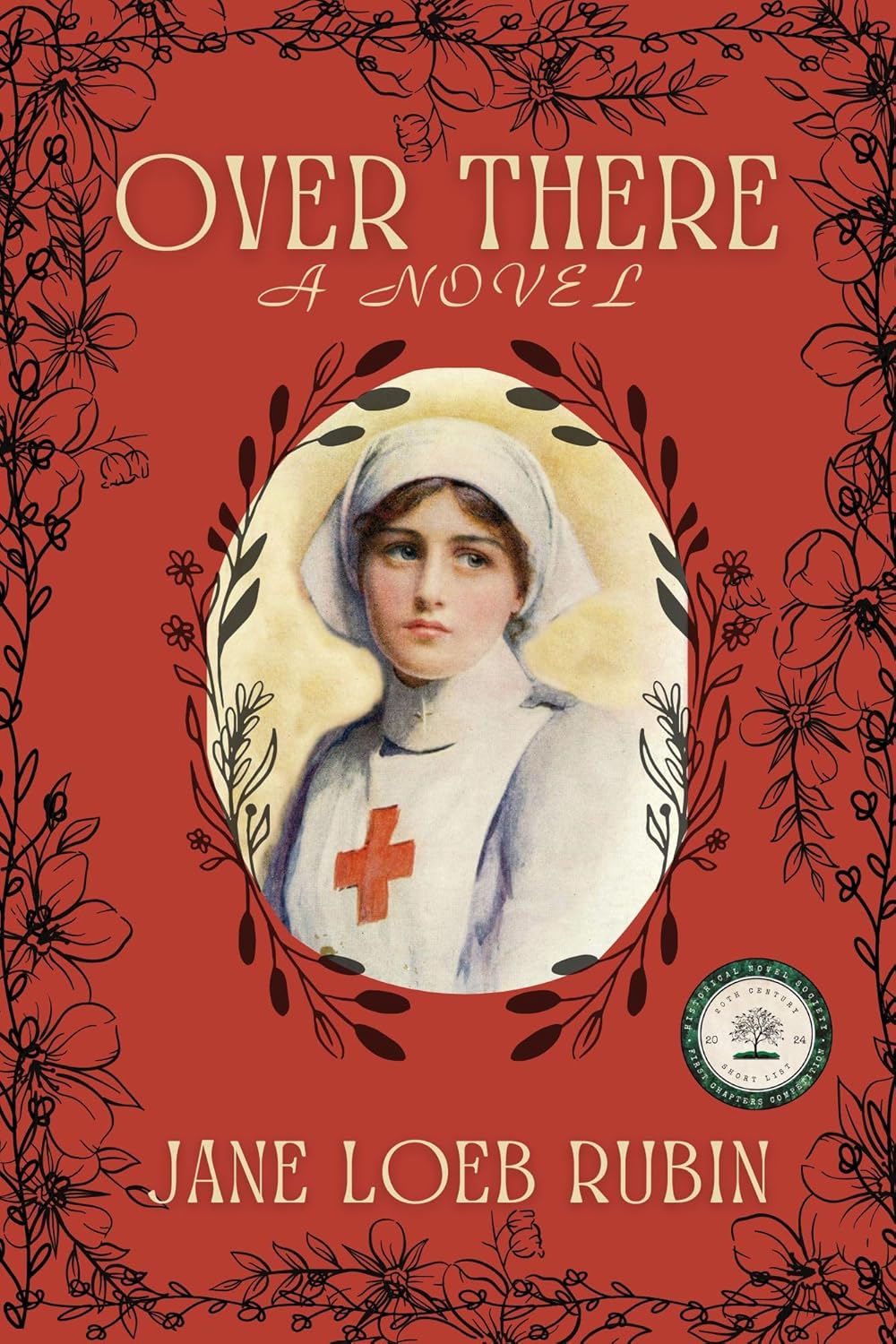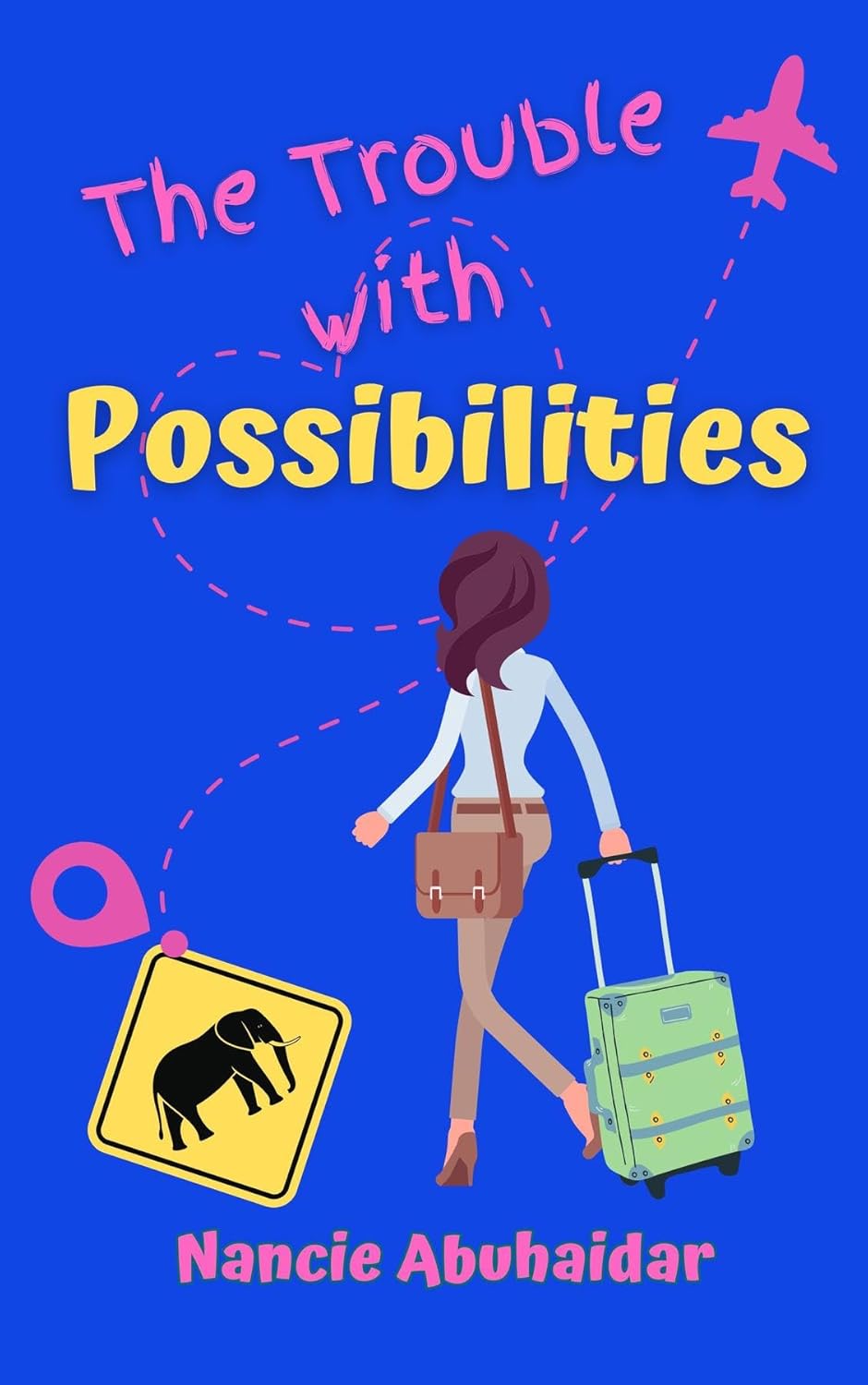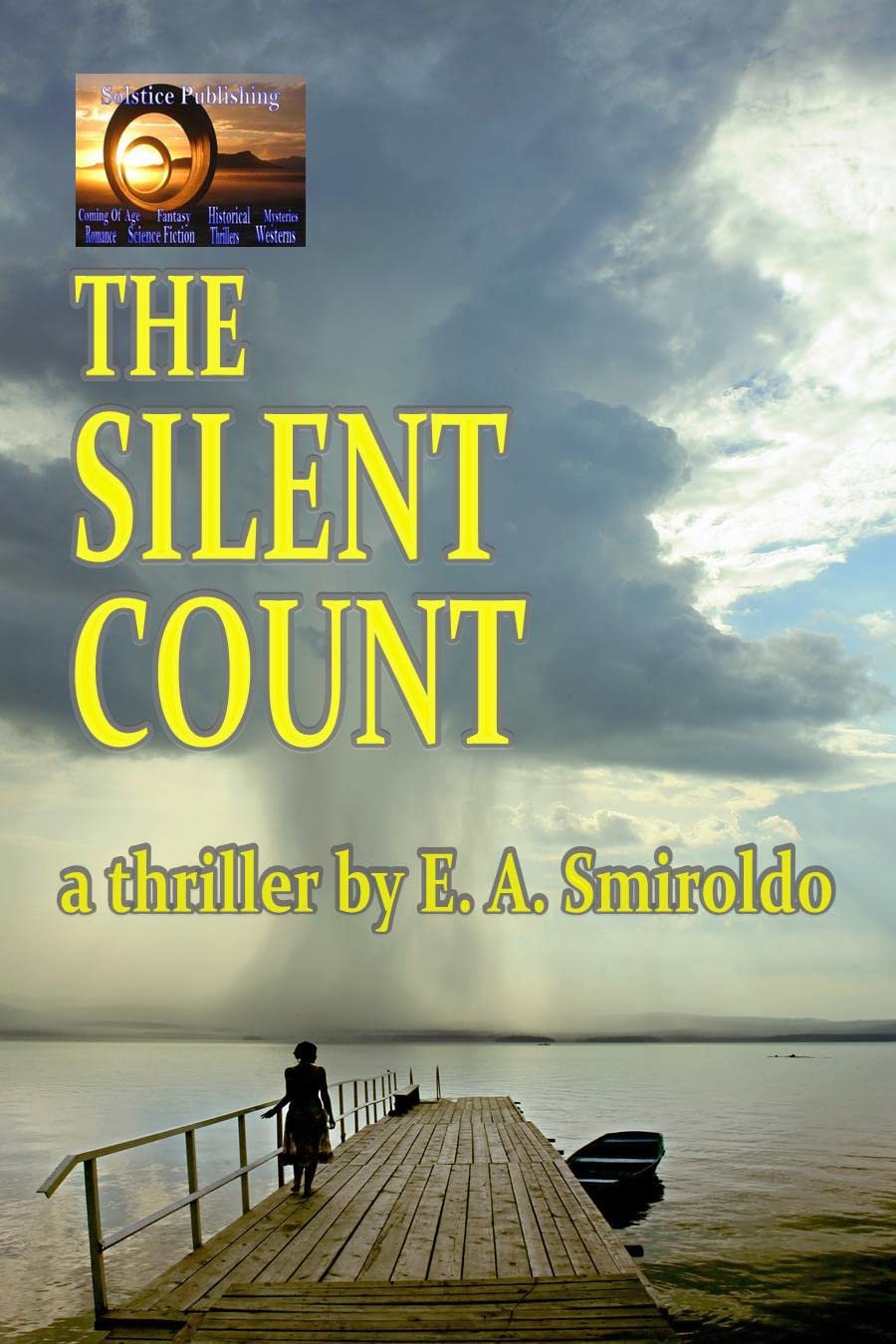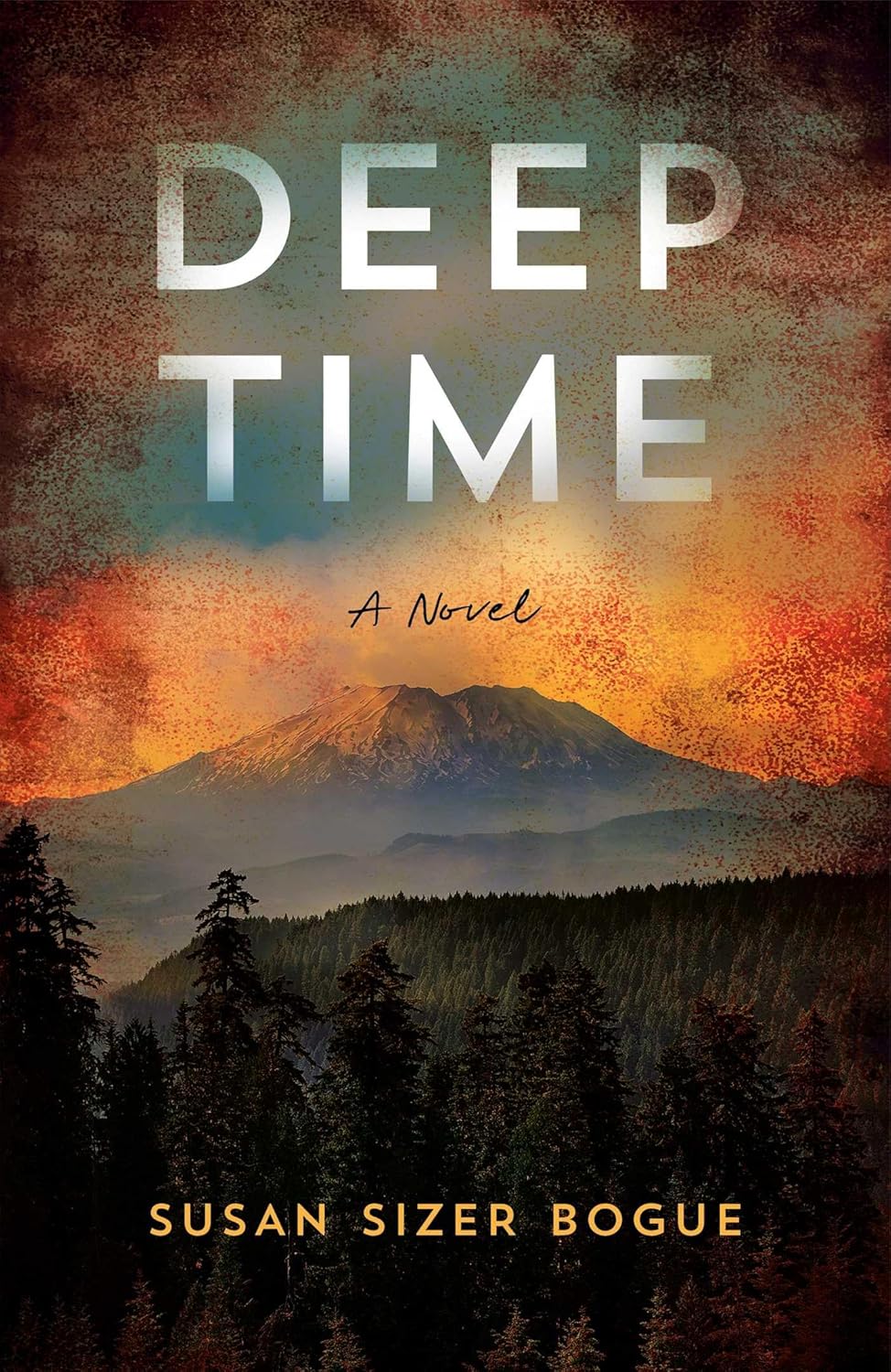Twins As Fictional Characters
 People often ask me why I chose to have twins as two of the main characters in my debut novel, The Takeaway Men. And also, since I am not a twin myself, how did I get into their heads and depict them accurately?
People often ask me why I chose to have twins as two of the main characters in my debut novel, The Takeaway Men. And also, since I am not a twin myself, how did I get into their heads and depict them accurately?
The fraternal twin girls in my Historical Fiction book, Bronka and JoJo, come to New York with their parents from a Displaced Persons Camp in Europe in 1951. They are three-and-a-half years old when they arrive. Both of their parents carry with them not only their rucksacks but also the baggage of the Holocaust and war-torn and post-war Poland. I wanted to show two sisters who shared the same environment, but had varying reactions to what they experienced. Since I was writing about children of survivors, I thought it was important to show that they were not all alike– even in the same family.
From the beginning of time to the last fifteen years of the twentieth century, the notion of twins – both identical and fraternal — was esoteric, exciting and mysterious. I remember my mother passing on to me her beloved Bobbsey Twins series, the tales of two sets of fraternal twins by Laura Lee Hope. Throughout my childhood, I added to my collection. I could not get enough of Flossie and Freddie and Nan and Bert.
How fascinating was it to share a birthday and friendship with a sister or brother your own age! At the other end of the spectrum, once I began to study the Holocaust, I shivered at the diabolical experiments Dr. Joseph Mengele conducted on twins at Auschwitz. How heartbreaking that a fluke of nature subjected twins to the heinous medical experiments of The Angel of Death.
In the twenty-first century, twins are much more commonplace thanks to IVF and the proliferation of multiple births. My grandchildren routinely share their classrooms with twins – and even triplets.
To make my depiction of my twins accurate, I did a tremendous amount of research on The Holocaust and its aftermath, including reading about and interviewing and speaking to survivors and children of survivors. My research indicated that the children, “The Second Generation” (2Gs of Holocaust survivors), had a broad range of emotions and reactions to what they saw, heard, and experienced in their homes.
Making them the same age and sex highlighted both the similarities and the differences. So, although the twins were dressed in matching outfits, they didn’t necessarily always see the world the same way. Bronka is very literal, so when JoJo is intrigued with a Tiny Tears doll that “sheds real tears,” Bronka is critical, saying it is a fake. When they have to duck under their desks as part of a take-cover drill, Bronka is sure a bomb is going to hit them. JoJo holds her hand and tries to comfort her, saying it is just a practice drill. As the more intense of the two, Bronka takes their father’s mood swings much more seriously than her twin.
As a first child myself, my intensive experience with twins began the day I met my husband, Stewart, who is an identical twin. While Stewart has been my live-in expert on the subject, I relied on many other sources to help me better understand female twins. Abigail Pogrebin writes about her relationship with her sister, Robin, in One and the Same: My Life as an Identical Twin and What I’ve Learned About Everyone’s Struggle to Be Singular. Not only does she explore her own relationship with her twin, but draws upon the experiences of other twins as well. She candidly captures both sides of the twin equation – the extraordinary closeness and the desire to be independent.
In addition, Jenna Bush Hager and Barbara Pierce Bush shed light on their special relationship as fraternal twins in their heartwarming book, Sisters First: Stories From Our Wild and Wonderful Life. Their insights are meaningful not only as daughters and granddaughters of Presidents Bush One and Two, but in the closeness and support they had growing up in the spotlight and still share today.
Although twins are no longer extraordinary, they continue to be a source of fascination, not only in life, but also in fiction and non-fiction.
One of my favorite novels is Cutting For Stone by Abraham Verghese. It is the story of twin brothers who are born of a secret union between a disgraced Indian nun and a British doctor in Ethiopia. Verghese’s profound and sensitive treatment of the twins rings true. Although they are very different, their souls and their fate are inextricably linked together.
The HBO series, based on the novel, I Know This Much is True by Wally Lamb, tells about identical twins, Dominick and Thomas, who are alike in all but one detail — Thomas has paranoid schizophrenia and Dominick does not. When Thomas cuts off his own hand, it forces Dominick to confront and analyze his own life and his relationship with his brother, as well as his family responsibility.
As I wrote my novel, I continued doing research. My profound interest in the subject (as well as the possibility of writing a sequel) makes me still read and watch everything I can find about World War II, the Holocaust, and its aftermath. I felt a particular responsibility to paint an accurate picture of survivors and their children, especially because I have friends and acquaintances in both groups.
I learned that neither survivors nor their children are monolithic groups. Hence, I chose to portray the two children of the refugees, Aron and Judy, as fraternal twins so that they could display a wide range of behaviors and feelings towards their parents, their environment and their search for truth. A number of 2Gs read the manuscript and I was gratified—and relieved—that they said I got it right. I know this was due both to my research and using the vehicle of twins.
What I learned from my first foray into Historical Fiction is that research is key to getting the time, place, and characters correct. Additionally, in an effort to be sensitive and authentic, as you write it’s important to consult with those who better understand the emotions, motivations, and experiences of your characters. If they’re willing, ask them to read your manuscript. Thank them for their input. Then edit, edit, edit!
—
Meryl Ain’s debut novel, The Takeaway Men, was published in August. It features fraternal twins, Bronka and JoJo Lubinski, who are brought to the US from a Displaced Persons Camp after World War II.
Meryl Ain’s articles and essays have appeared in Huffington Post, The New York Jewish Week, The New York Times, Newsday and other publications. In 2014, she co-authored the award-winning book, The Living Memories Project: Legacies That Last, and in 2016, wrote a companion workbook, My Living Memories Project Journal. She is a sought-after speaker and has been interviewed on television, radio, and podcasts. She is a career educator and is proud to be both a teacher and student of history. She has also worked as a school administrator.
The Takeaway Men is the result of her life-long quest to learn more about the Holocaust, a thirst that was first triggered by reading The Diary of Anne Frank in the sixth grade. While teaching high school history, she introduced her students to the study of the Holocaust. At the same time, she also developed an enduring fascination with teaching about and researching the Julius and Ethel Rosenberg case. An interview with Robert Meeropol, the younger son of the Rosenbergs, is featured in her book, The Living Memories Project. The book also includes an interview with Holocaust survivor, Boris Chartan, the founder of the Holocaust Museum and Tolerance Center of Nassau County, New York.
Meryl holds a BA from Queens College, an MA from Teachers College, Columbia University, and an Ed.D. from Hofstra University. She is a lifetime member of Hadassah and an active supporter of UJA-Federation of New York. She lives in New York with her husband, Stewart. They have three married sons and six grandchildren.
Follow her on Twitter https://twitter.com/DrMerylAin
Find out more about her on her website https://merylain.com/
THE TAKEAWAY MEN
 With the cloud of the Holocaust still looming over them, twin sisters Bronka and Johanna Lubinski and their parents arrive in the US from a Displaced Persons Camp, hoping to build a new life. Soon after their arrival, however, a neighbor is arrested by the FBI for suspected involvement in the Rosenberg spy case―and they find themselves in the midst of one of the most notorious court cases of the Red Scare. In the years after WWII, they experience the difficulties of adjusting to American culture, as well as the burgeoning fear of the Cold War.
With the cloud of the Holocaust still looming over them, twin sisters Bronka and Johanna Lubinski and their parents arrive in the US from a Displaced Persons Camp, hoping to build a new life. Soon after their arrival, however, a neighbor is arrested by the FBI for suspected involvement in the Rosenberg spy case―and they find themselves in the midst of one of the most notorious court cases of the Red Scare. In the years after WWII, they experience the difficulties of adjusting to American culture, as well as the burgeoning fear of the Cold War.
Years later, the discovery of a former Nazi hiding in their community brings the Holocaust out of the shadows. As the girls get older, they start to wonder about their parents’ pasts, and they begin to demand answers. But it soon becomes clear that those memories will be more difficult and painful to uncover than they could have anticipated.
Poignant and haunting,The Takeaway Men explores the impact of immigration, identity, prejudice, secrets, and lies on parents and children in mid-twentieth-century America.
“The author’s tale is sensitively composed, a thoughtful exploration into the perennially thorny issues of religious identity, assimilation, and the legacy of suffering.”
―Kirkus Reviews
“At a time when the darkness of the Holocaust is being whitewashed, Meryl Ain’s remarkable debut novel illuminates the postwar Jewish American landscape like a truth-seeking torch. An emotionally rich and lovingly told saga of survivors, with great sensitivity to what was lost, buried, and resurrected.”
―Thane Rosenbaum, author of The Golems of Gotham, Second Hand Smoke, and Elijah Visible
BUY THE BOOK HERE
Category: On Writing




